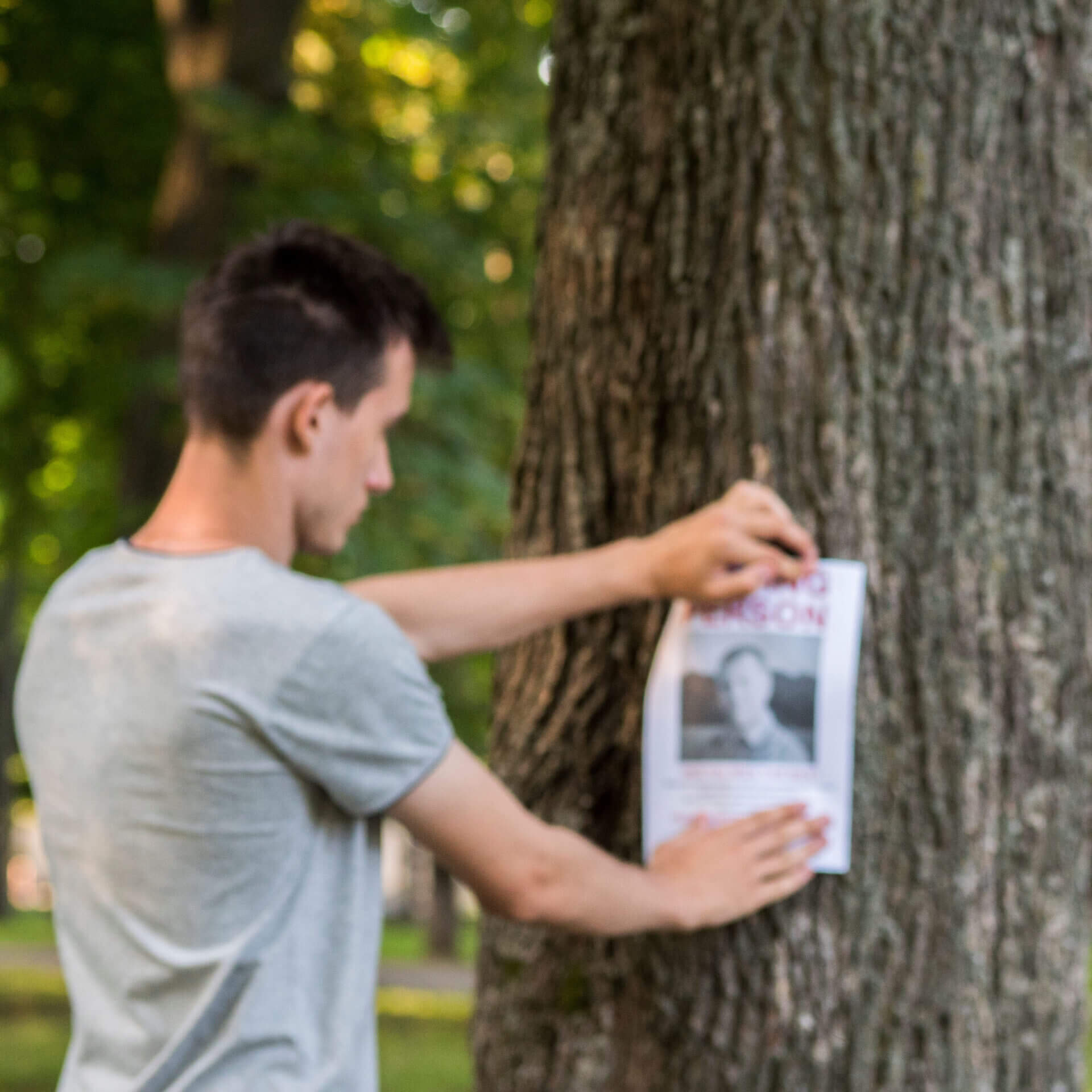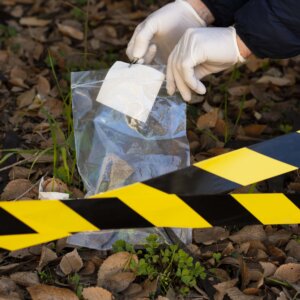
Improving Efforts For Missing Persons Cases
Missing Persons Cases
Missing persons cases are a particularly tragic case type for law enforcement and the families of victims. A missing person is classified as someone whose whereabouts are unknown, and there is no confirmation of whether they’re alive or dead. According to government statistics, 600,000 people go missing each year in the United States alone.
Missing persons cases can be caused by a variety of reasons. People may voluntarily leave or “runaway” from abusive situations, become displaced after the event of a natural disaster, or possibly be taken against their will. In any event, the uncertainty can be traumatizing for the loved one of these missing persons, who are left wondering if the person they love is safe.
We at Kaseware stand with those who have gone missing and their loved ones, and vow to continue to do our part in helping to bring them home.
Improved Efforts in Addressing Missing Persons Cases
From a global effort to build and improve upon the systems used to locate missing persons, law enforcement and community efforts are better equipped than ever to aid in missing persons cases. Over the last several decades legislation, commissions, and community-based systems have been enacted to support the efforts of retrieving missing persons.
- National Missing Persons Day was set up on May 25, 1983, to honor and draw attention to all the missing person cases across the country. Since then, the methods and technology used to locate and rescue missing persons has advanced dramatically. Community efforts and voluntary work has also become a powerful factor in finding missing persons, with collaborative technology bridging the gaps where law enforcement may not be able to reach.
- In 1984, the following year after National Missing Persons Day was founded, the National Center for Missing and Exploited Children (NCMEC) was established by the US Congress. This non-profit organization works to find and reunite missing children with their families.
- In 1996 the AMBER Alert System began as an early warning system to help find abducted children. According to the US Department of Justice, since its inception the AMBER Alert System has successfully recovered 1,127 children across 82 AMBER Alert Systems throughout the United States.
- Also in 1996, the International Commission on Missing Persons (ICMP) was created, an intergovernmental organization that assists people who have gone missing because of war, human rights issues, or natural disasters. The ICMP works to provide technical assistance to governments in locating, recovering and identifying missing persons. It also provides training and education programs to a wide range of individuals, including government authorities, NGOs, families of the missing and forensic practitioners.
- In 2003, the US established the National Missing and Unidentified Persons System (NamUs), a resource center for missing, unidentified, and unclaimed person cases across the United States. This government run service is provided for free for all law enforcement, medical examiners, coroners, allied forensic professionals, and family members of missing persons.
Enhancing Search Efforts With Investigative Tools
At Kaseware, we understand the importance of utilizing technology to support the efforts of law enforcement and families in finding missing persons. Our suite of investigative management tools can greatly enhance the search for missing persons.
Our Link Analysis tool allows users to visually map out relationships between individuals, organizations, and events to help identify potential leads. By analyzing the relationships between people, places, and events, law enforcement and support organizations can gain a deeper understanding of the context surrounding a missing persons case and identify new potential leads.
Our Case Management tool helps users organize and track their cases, ensuring that important information is not lost or overlooked. In missing persons cases where a large amount of information may need to be gathered and organized, this tool can streamline investigative work. By keeping track of key information and progress, law enforcement can focus their efforts on what is most important in their search for the missing person.
Our Geospatial Mapping tool provides a visual representation of data, helping users to identify patterns and trends in the location the data is collected. This can be particularly useful in missing persons cases where location data can be a crucial factor in solving the case. By visualizing this data, users can quickly identify potential leads and areas of focus for their investigation.
Our Collaborative tools provide a secure environment for users to work side by side with one another, making it easier to share information and work together towards a common goal. This is a powerful aspect of the platform that can be used in missing person cases when multiple individuals or organizations may be working together to find the missing persons.
How To Assist In Missing Persons Cases
In addition to utilizing technology to support the search for missing persons, it is important to raise awareness and support those who have gone missing and their families. Some ways to do this include:
- Donating to organizations that support families of missing persons and their search efforts
- Working with your community to set up or join an established search and rescue team
- Supporting legislation that aims to improve the response and support for families of missing persons
- Attending local events that raise awareness for missing persons
With continued support for those that have gone missing and their families, efforts can be compounded in the search and rescue of missing persons. At Kaseware we believe that by providing the right investigative tools to law enforcement and organizations searching for missing persons, we can make a real difference in their efforts. We stand with those who have gone missing and their loved ones, and we vow to continue to do our part in helping to bring them home.
Learn More
If you’re interested in learning more about how our platform can help with missing persons investigations, please don’t hesitate to reach out to us. We’d be happy to answer any questions you may have.








